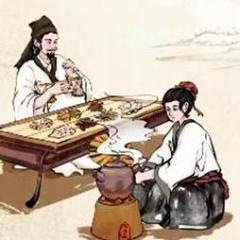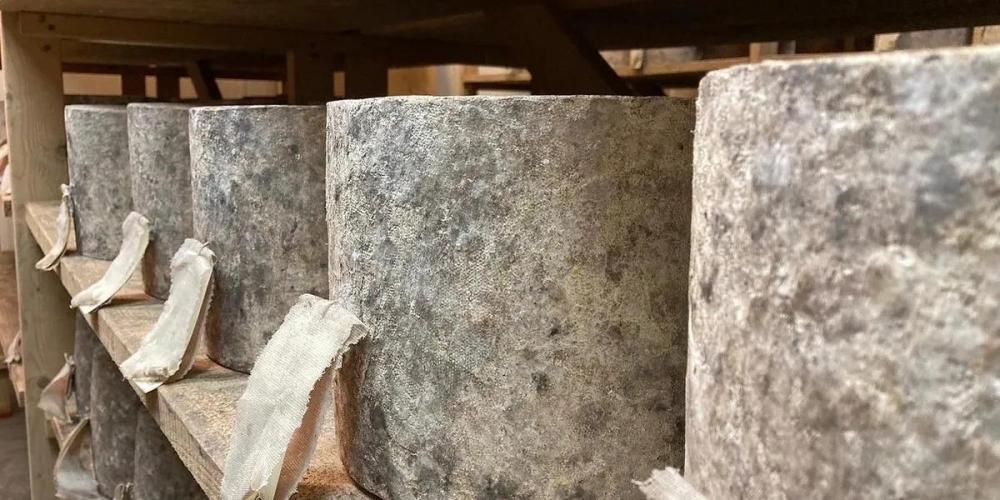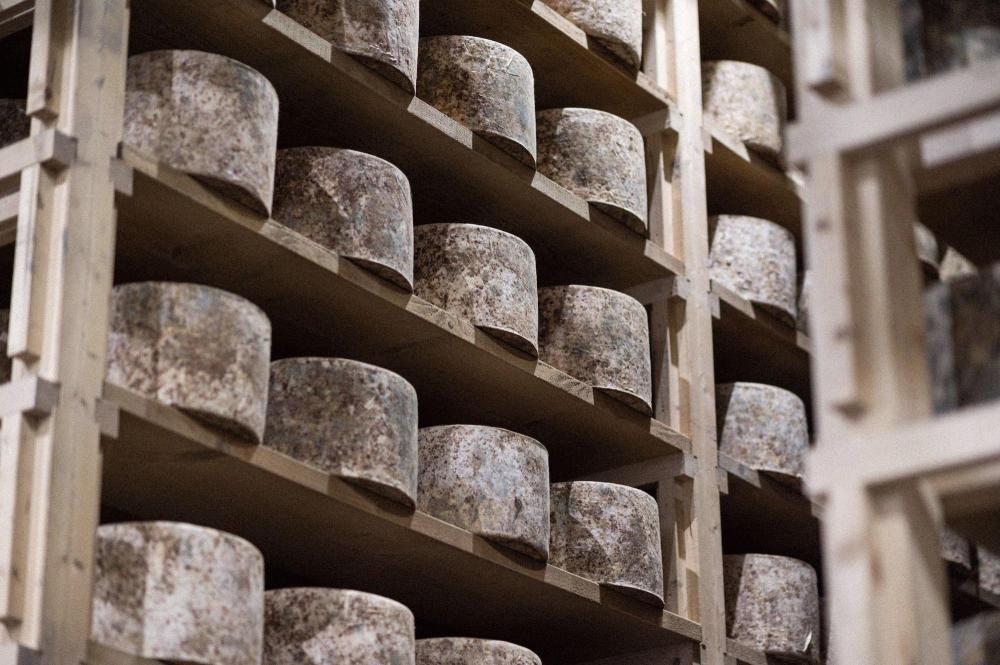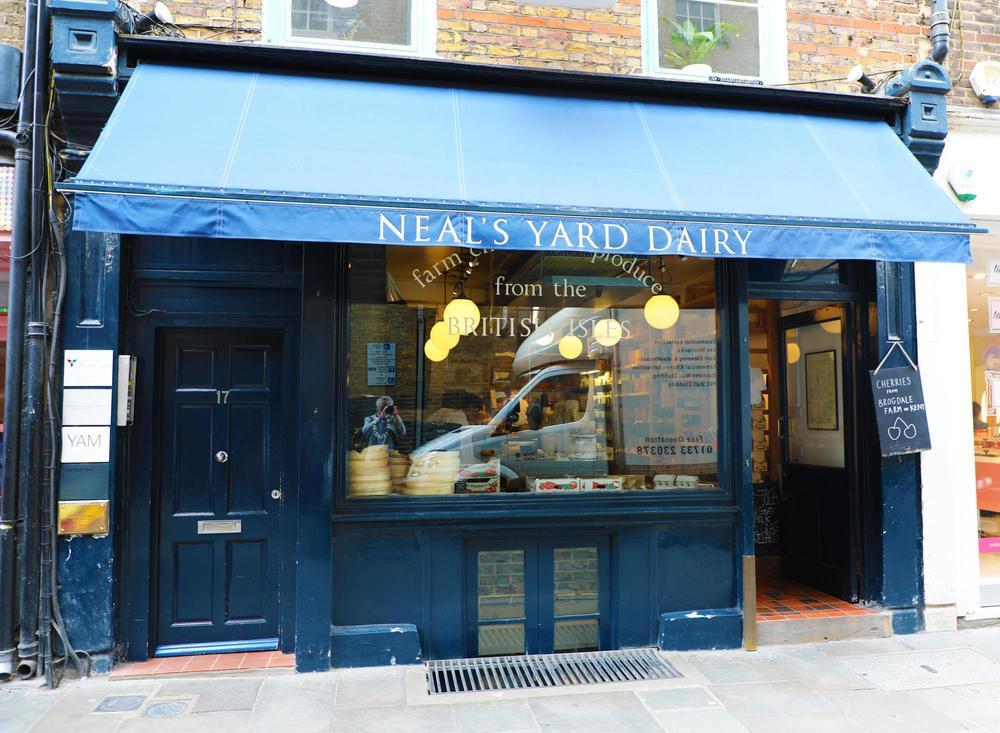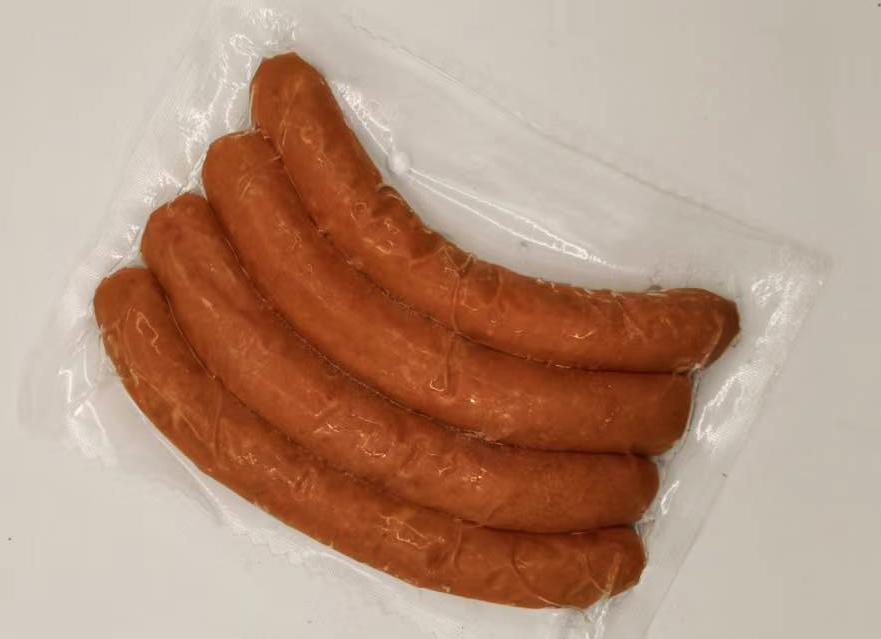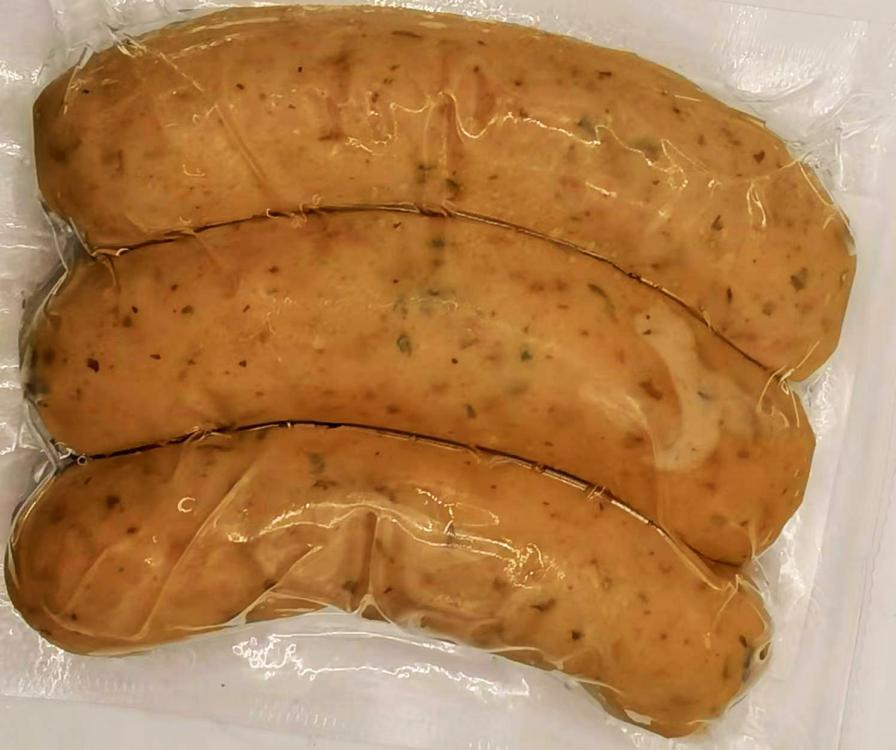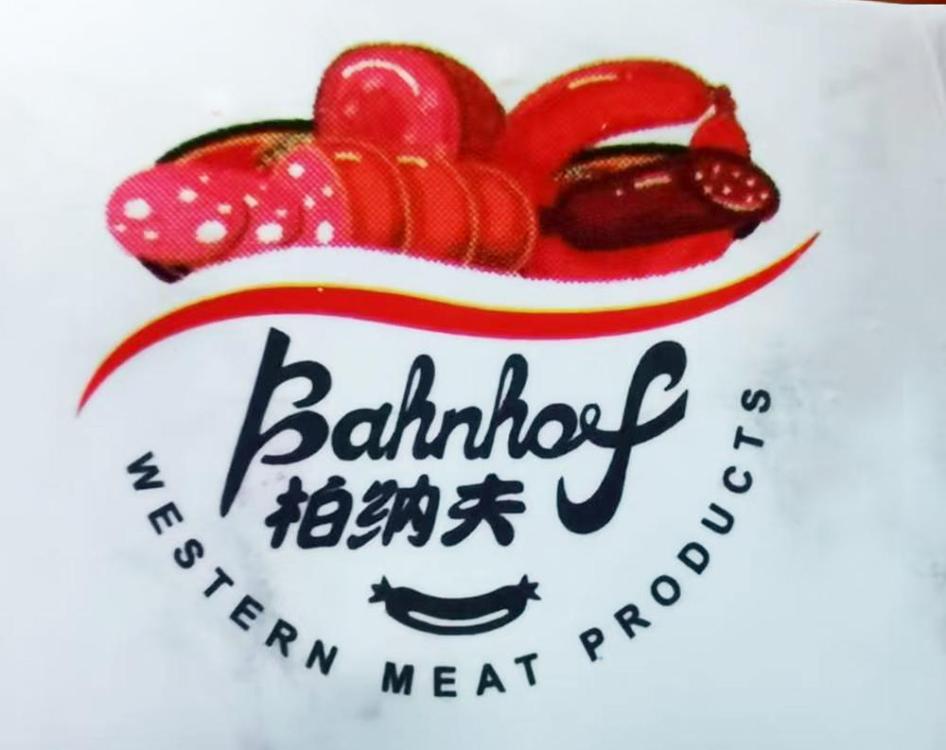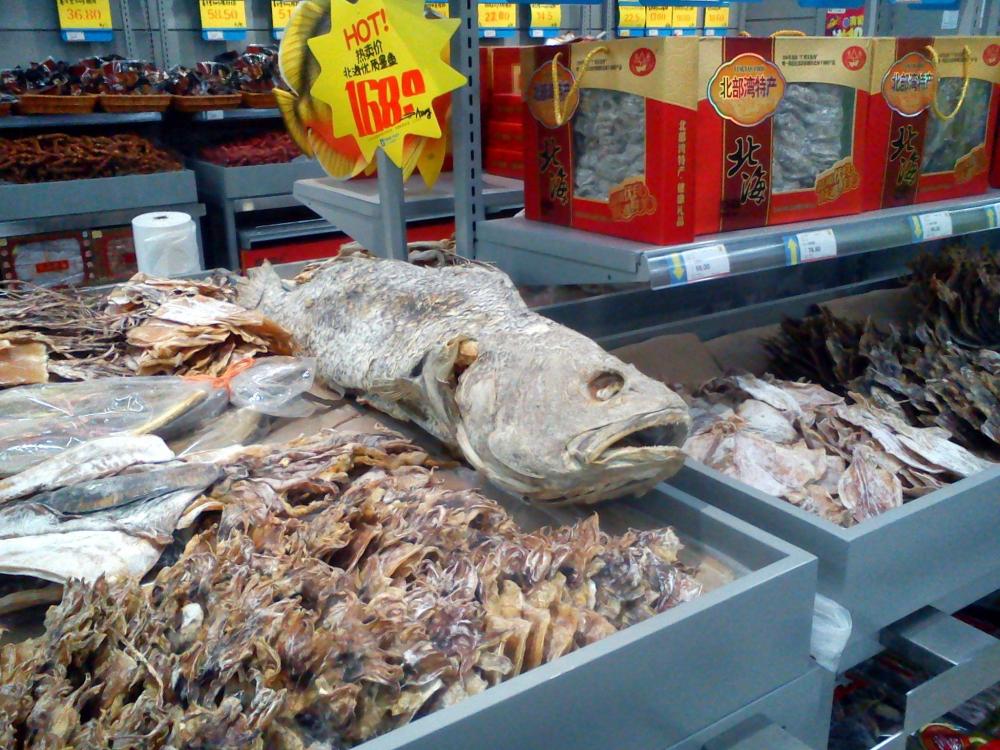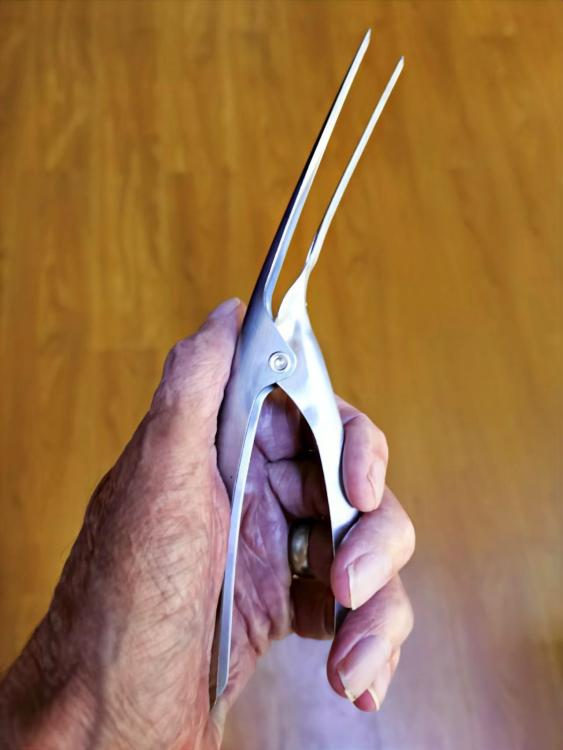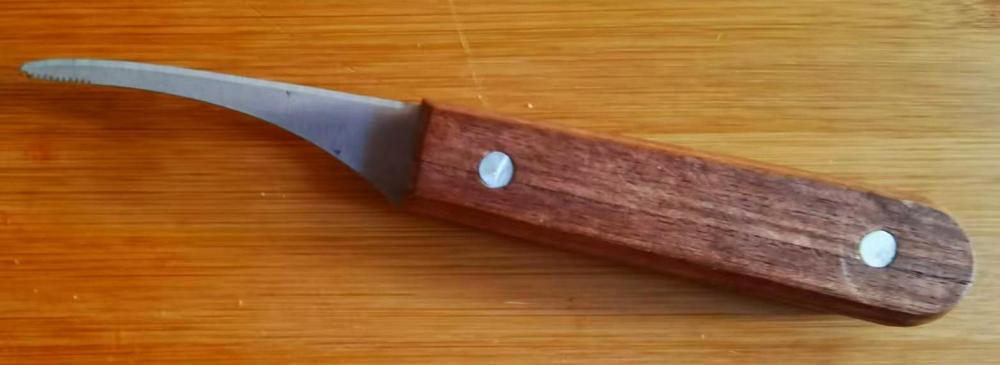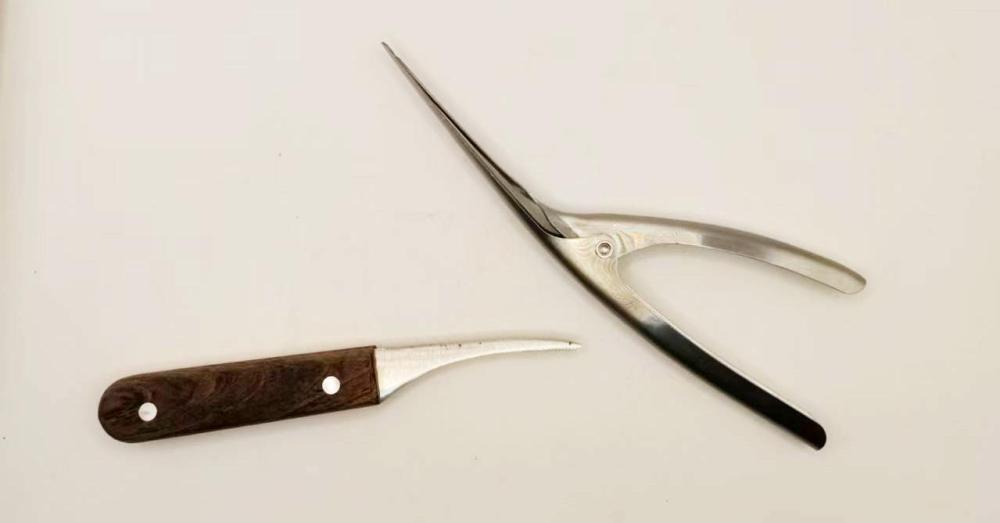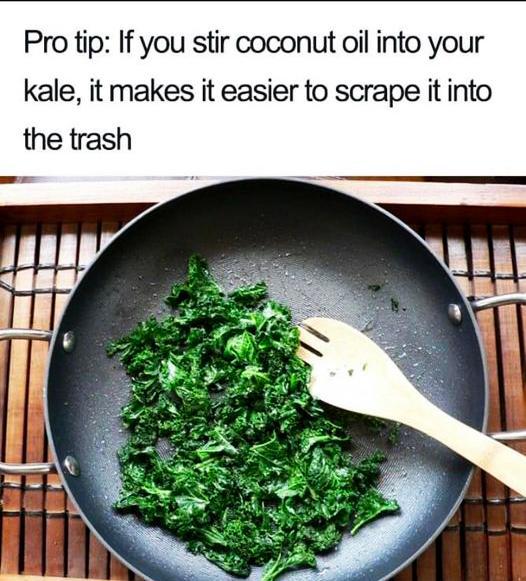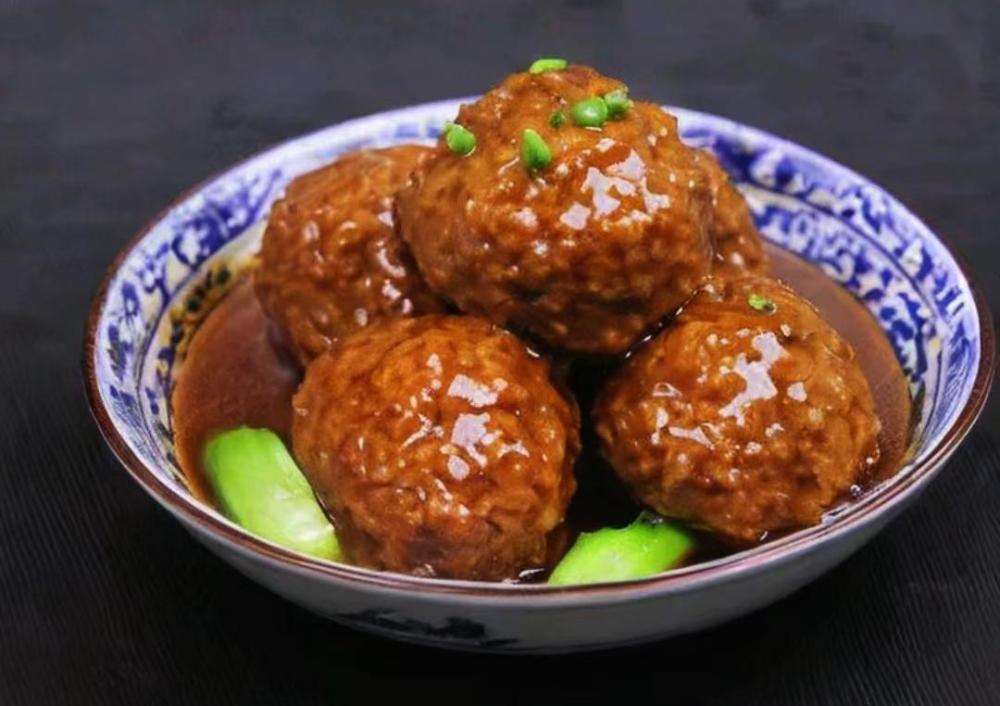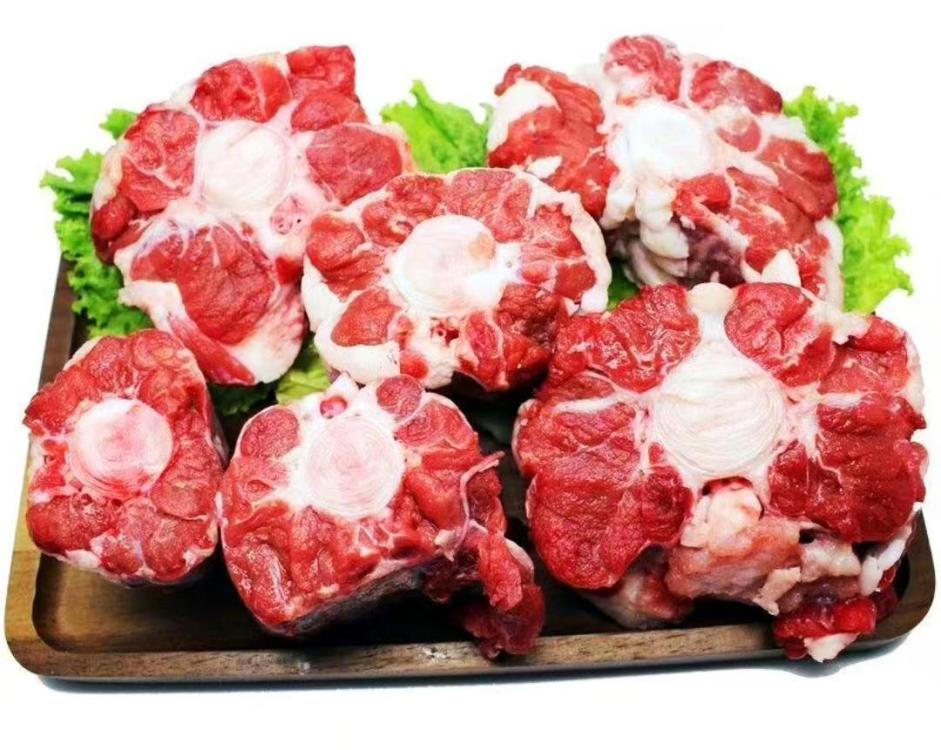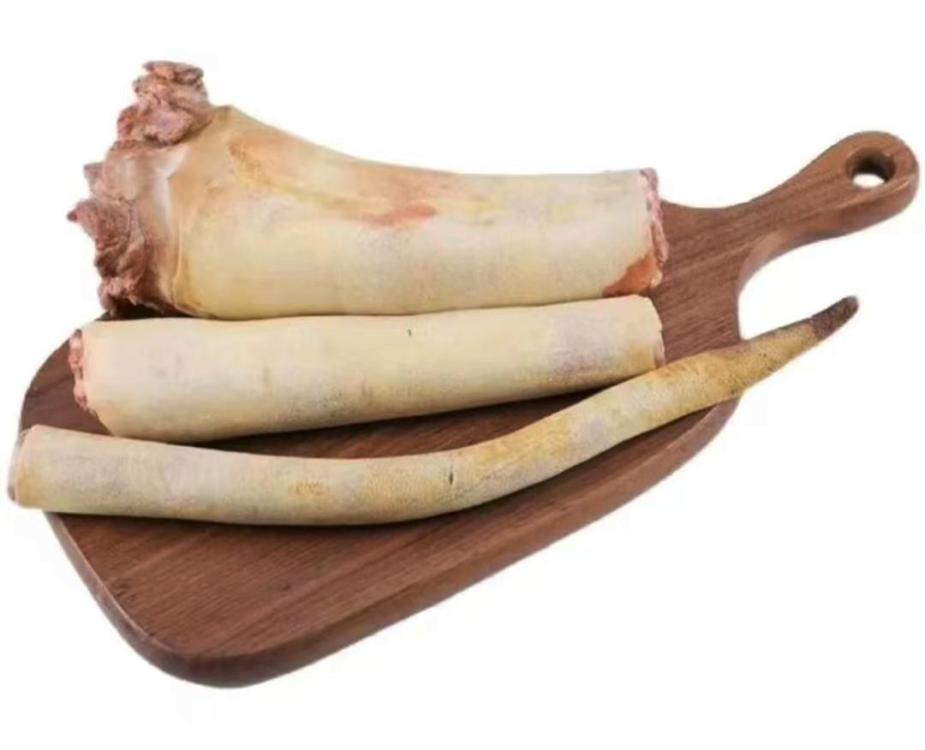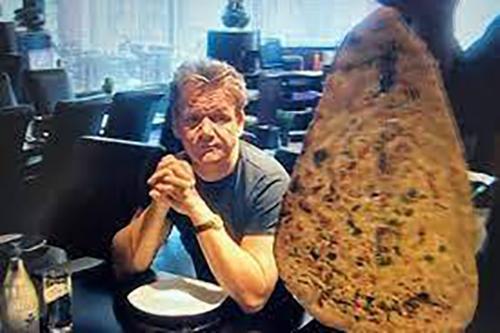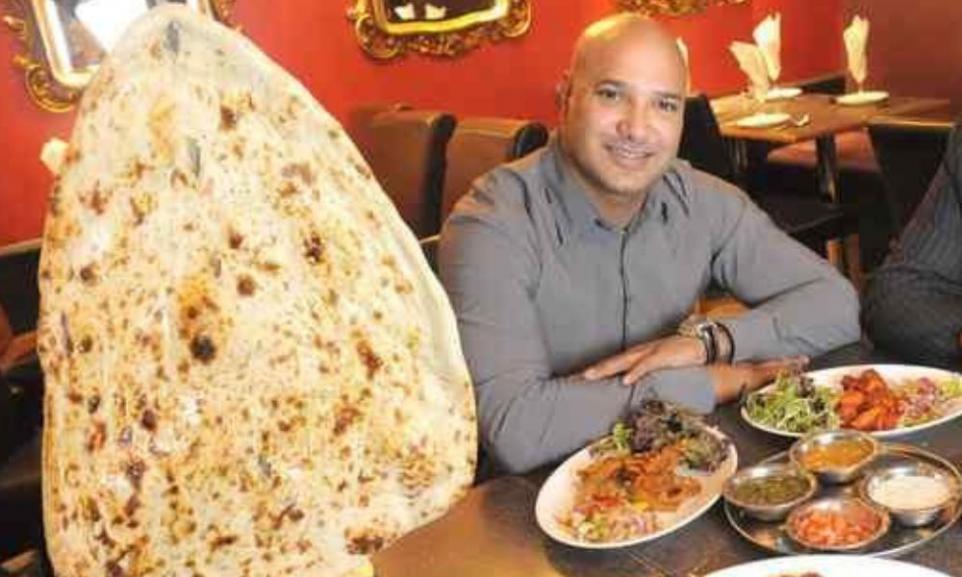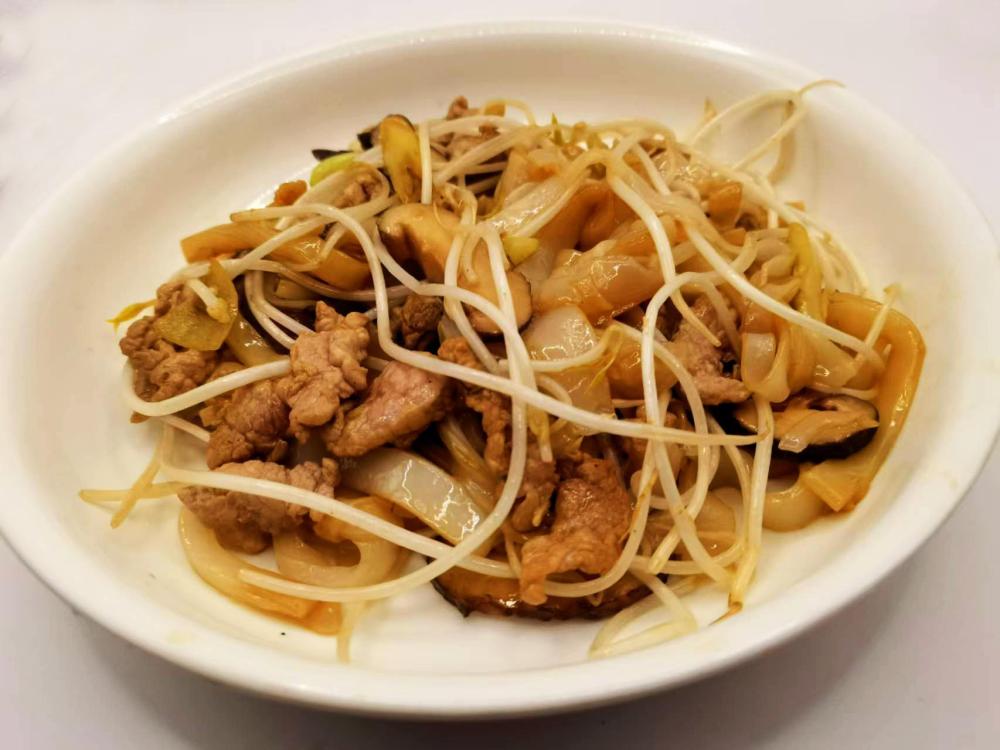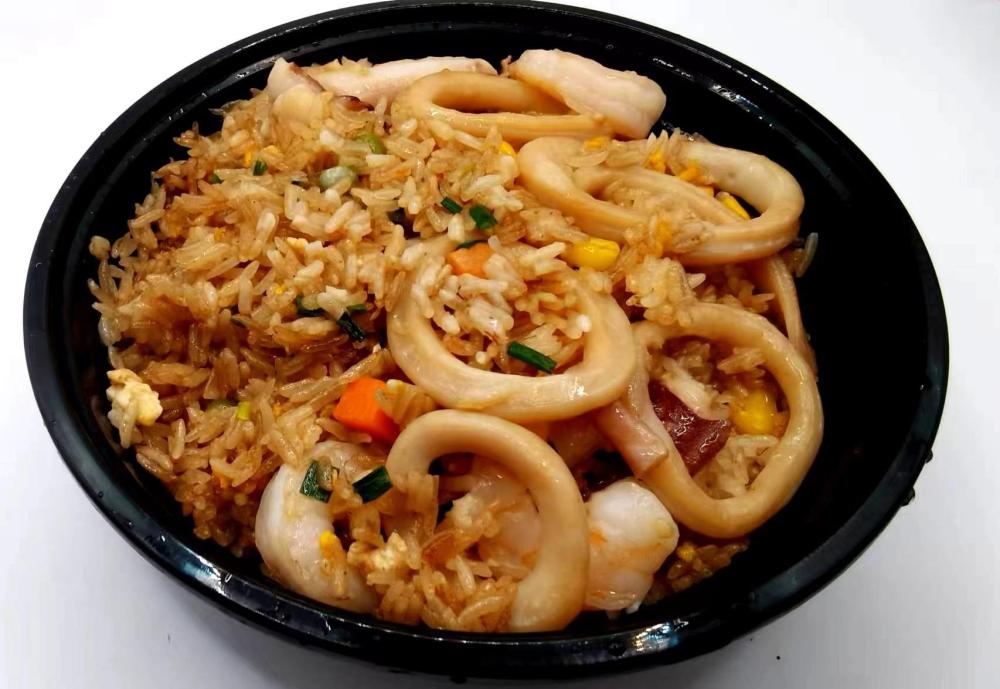-
Posts
16,681 -
Joined
-
Last visited
Content Type
Profiles
Forums
Store
Help Articles
Everything posted by liuzhou
-
It is a lemon squeezer. Quite common here. Click
-
I was about to say the same. But no worries! Jamie Oliver is on the case. (Gromitless.) Jamie Oliver asks cheese lovers to help catch thieves behind £300,000 cheddar scam | Jamie Oliver | The Guardian
-
and here's the background to Neal's Yard Dairy and the eccentric genius who created it and much more.
-
Here are the cheeses in question. Hafod Cheddar Hafod Cheddar Westcombe Cheddar Westcombe Cheddar Pitchfork Cheddar Pitchfork Cheddar All images from relevant websites.
-
It has been reported that the iconic and revered Neal's Yard Dairy, distributers and retailers of British Cheeses have been scammed out of 22 tonnes (₤300,000 / $388, 830 USD) worth of prime, prize winning cheddar cheese by fraudsters posing as distributors for French retailers. Neal's Yard have honoured their obligations to the three British cheesemakers concerned, but it remains a huge blow to this legendary British institution, based in London. The cheeses involved are Hafod Welsh organic cheddar, Westcombe cheddar, and Pitchfork cheddar. Police in London and France are investigating.
-
It’s international sausage day! Says who? Well, me. It might not be international internationally but it is here in my apartment. As you know. China has sausages which you probably know as lap cheong, but few people in China do. They are 腊肠 (là cháng) to 96% of Chinese people. That literally means ‘preserved intestines’ and applies to all sausages no matter what type they are or which passport they carry. Now, I don’t really like 96% of the Chinese variety, but they are all I can usually get – usually too fatty and horribly sweet. In fact the only ones I regularly buy are blood sausages, which I DO like. So, I was delighted a few days ago to discover an outfit offering me this selection of “international sausages”. Well, they actually offered me what they described as German sausages, but they lied. What they offered me was: Debrecener 280g of 德布勒森肠 (dé bù lè sēn cháng) which means Debrecener sausage which originates in the city of the same name in eastern Hungary but popular around the former Austro-Hungarian Empire; then Mexican 240g of 墨西哥肠 (mò xī gē cháng), Mexican sausage which I’m going to guess is popular around Mexico; followed by Piquillo sausage 330g of 皮丘乐辣肠 (pí qiū lè là cháng), Piquillo sausage which are named after the piquillo chilli, a Spanish cultivar popular around Spain; and finally, Bierbiser 240g of 风干啤酒肠 (fēng gān pí jiǔ cháng) meaning Air-Dried Beer sausages but labelled as Bierbiser, the German for Beer Drinker. They may be German but could be from anywhere that has air and beer. All delivered to my door for ¥177.33 which is equal to $24.93 USD. Of course, I ordered them. They arrived today. On closer examination, it turns out that they are all made by a company using the suitably German brand name Bahnhof, meaning Railway Station, whose factory is in Guangdong, southern China. Very international. I’ll have fun playing with them over the next few days or weeks.
-
According to this article in the Guardian, British independent brewers are abandoning the the term "craft beer" as it has been misappropriated by the world's largest brewing conglomerates. Formerly independent breweries and brands which have been taken over by multinationals such as Heineken, Anheuser-Busch InBev and Asahi still claim those beers they now make are "craft". I suspect that the same is happening with other food and drinks, too. And not only in the UK. Caveat Emptor.
-
- 1
-

-
Yes I get that. The question for me is why is cinnamon so popular. I happily admit I know very little about Mexican cuisine. How is all that cinnamon used?
-
The only things I dry myself are mushrooms, chilli peppers, cherry tomatoes and tangerine peel. That said I use a lot of dried ingredients, but store or market bought. Some rarer mushrooms I can't get fresh, seaweeds, various fish, shrimp, squid, scallops, longgan and more. Chinese stores carry vast selections of dried foods for cooking or as snacks (especially fruits). I extremely rarely use dried herbs, though.
-
It depends. If I want to remove the shell then I find the scissor type more useful. However, I often cook shrimp shell-on, so I use the small knife style one to devein them.
-
I'd send you a set of these if you weren't on the other side of the world. I have about ten of each. A couple of years ago I was in the habit of buying live, wild caught shrimp online from the nearby seaport city. Every delivery, they included another set.
-
Lion's head meatballs (狮子头 - shī zi tóu), tennis ball sized meatballs from eastern China are possibly the tenderest meatballs I've encountered. They usually use hand chopped pork with 30% fat, tofu and finely chopped water chestnuts for a bit of crunch (but these can be omitted). Beef can be substituted. There are various recipes on the internet but many have been very westernised and include breadcrumbs and similar - something rarely used in China. This one from Serious Eats is the closest to what I find here. The recipe suggests that canned water chestnuts are acceptable. They are definitely not used here - in 30 years I've never even seen them! That said I can see them being OK in this context.
-
Hmm. Oxtails round here are easily sourced but, by local standards, expensive. ¥228 CNY / $32 USD per kilo. That is for skin off tail. I coud save money by buying them unskinned (¥114 / $16 per kilo) but skinning them is hard work and, of course, and a significant part of the weight. Either way, they are not particularly fatty. Maybe we just have skinnier cattle around here. I would actually prefer them a little fattier so I could collect the fat for other uses, à la @Tropicalsenior.
-
Image: Newsquest British restaurateur and owner of multiple Indian restaurants in Northern England and Scotland, Shabir Hussain has died aged 56. He is said to have invented the 'hanging naan', so hated by Gordon Ramsay in an episode of Kitchen Nightmares.
-
- 3
-

-

-
https://www.allrecipes.com/article/cooking-frozen-chicken-in-instant-pot/
-
They did root and were doing well for a couple of months until they suddenly keeled over and died. I have no idea why. I have grown rosemary this way successfully before and don't think I did anything different.
-
炒粉 (chǎo fěn) - Stir fried, hand made, handcut rice noodles with pork, shiitake, mung bean sprouts, white chilli, garlic, Shaoxing and soy sauce.
-
-
Why mad? It is simple truth. What is sold as cinnamon in much of the world is not cinnamon, a specific species. Therefore 'not true'. They are different species; taste diffferent; smell different; have different monetary value.
-
I'm delighted to learn I'm not the only person who finds such oddities in the freezer.
-
Cinnamon (also known as Ceylon cinnamon) is indigenous to Sri Lanka*. Most true cinnamon comes from there. Most of the "cinnamon" in the USA and other countries is actually cassia, which is more plentiful and therefore cheaper. In some other countries (including the UK) cassia cannot legally be sold as cinnamon. I'm guessing Mexico is another with such a law. Why Mexico has such a large appetite for cinnamon, I don't know. But it certainly seems they want the real thing. * The Seychelles also cultivates a small amount.


